I have a scatter graph of the following format:

Each point on that diagram represents a galaxy with a property known as a star formation rate. I wish to prescribe a colour map dependent on this variable, i.e., for higher SFRs the colour becomes bluer and for lower SFRs the colour becomes redder. (Ignore the binned histogram part for this exercise.)
How would I achieve this? Would I need to create and modify my own cmap?